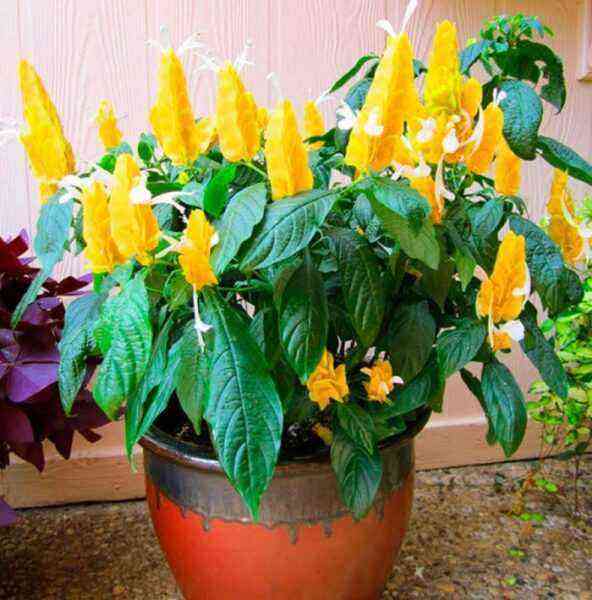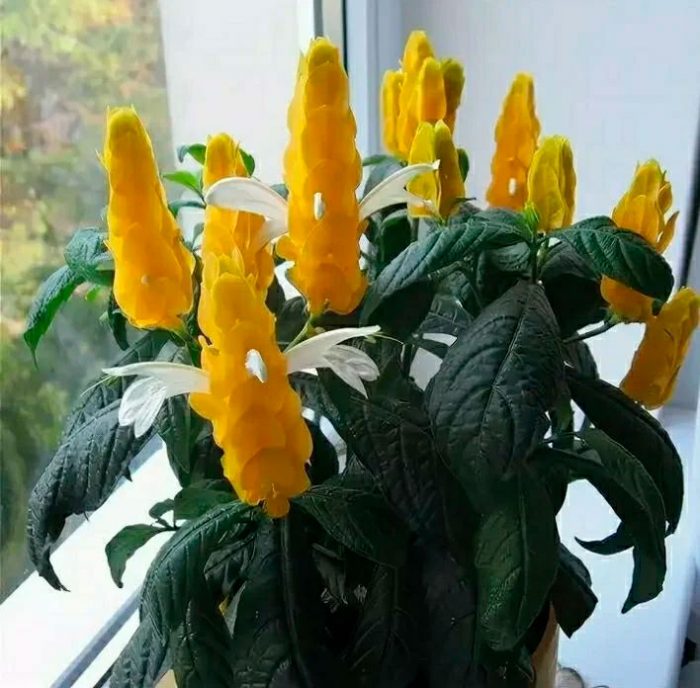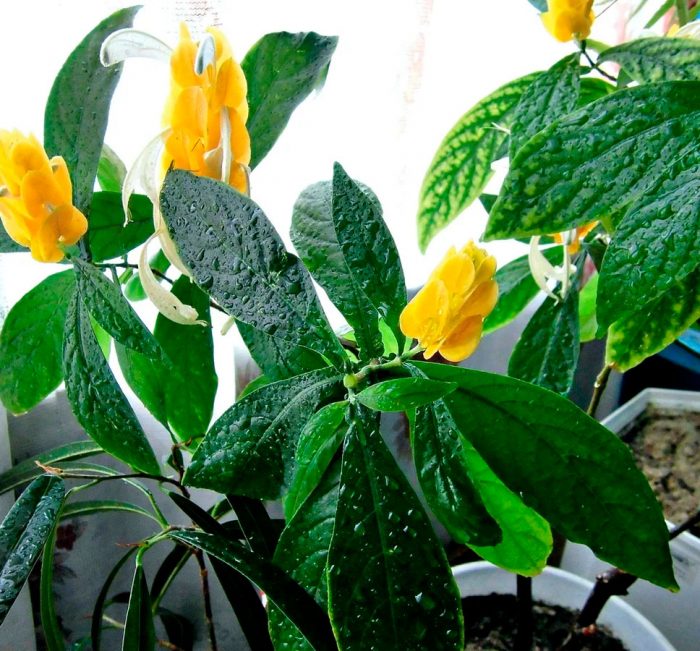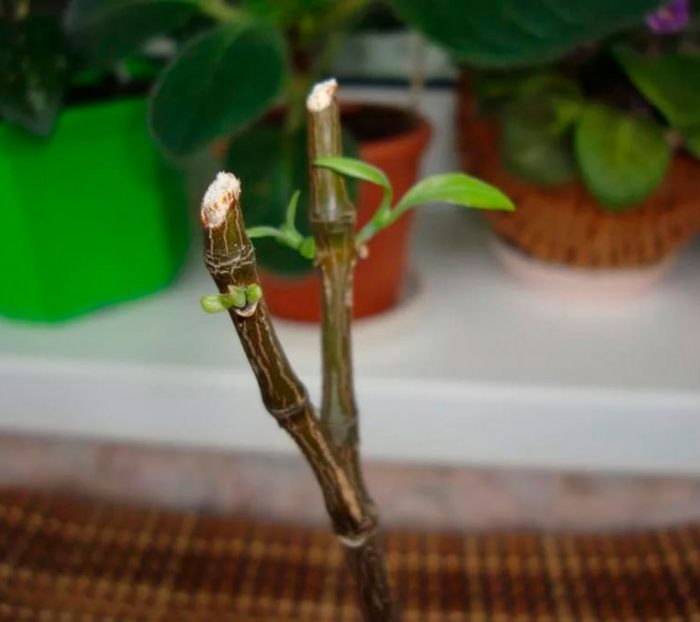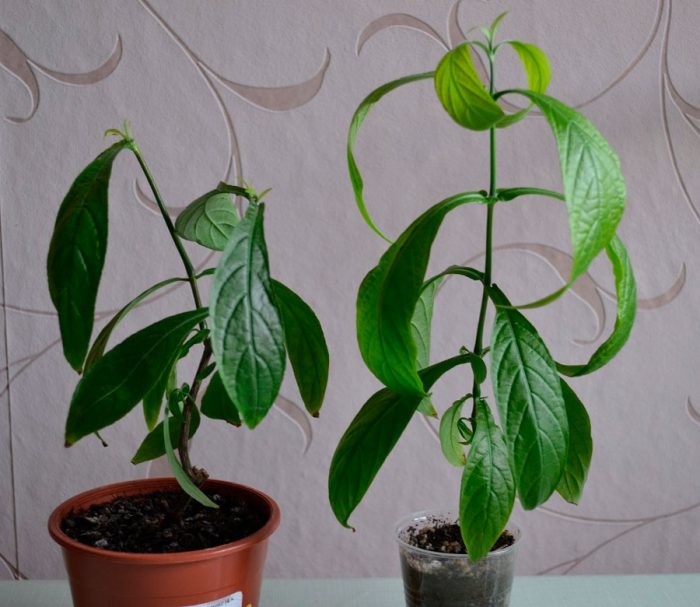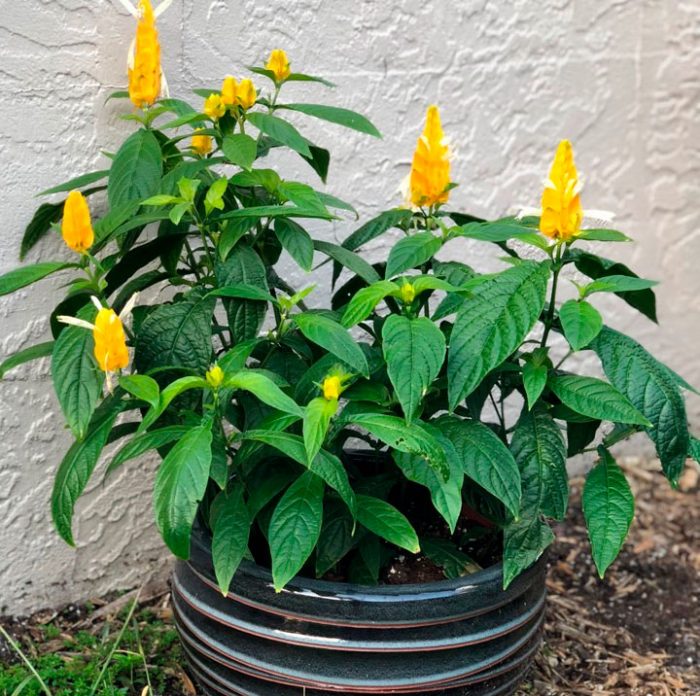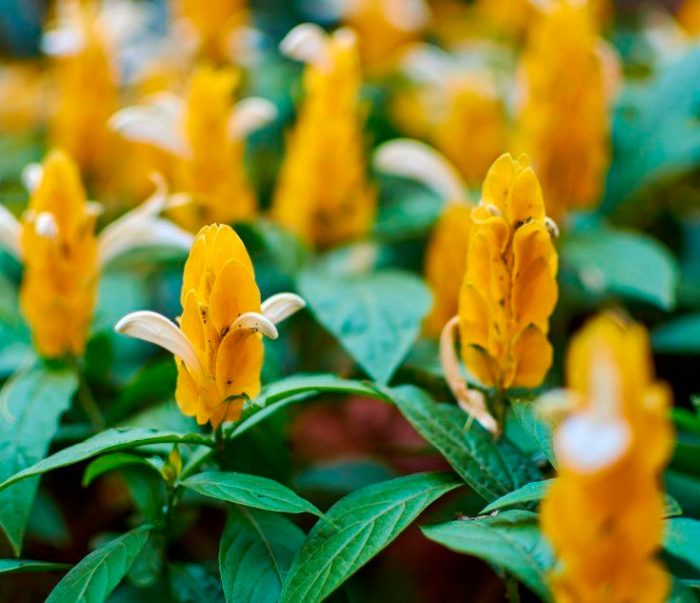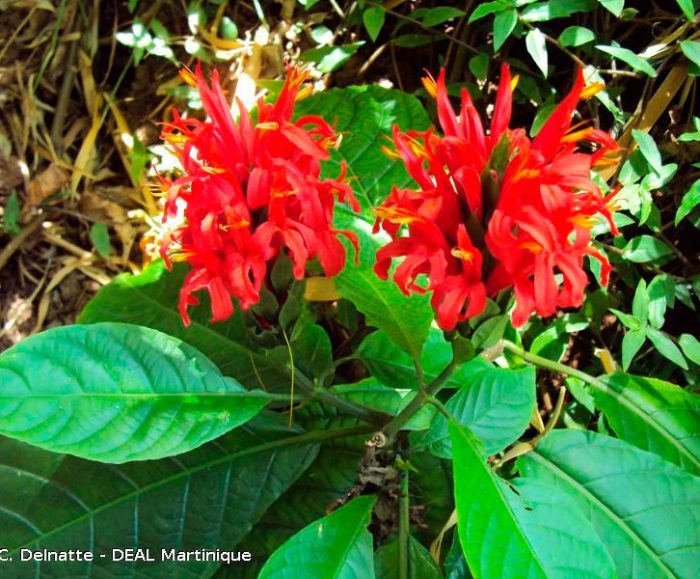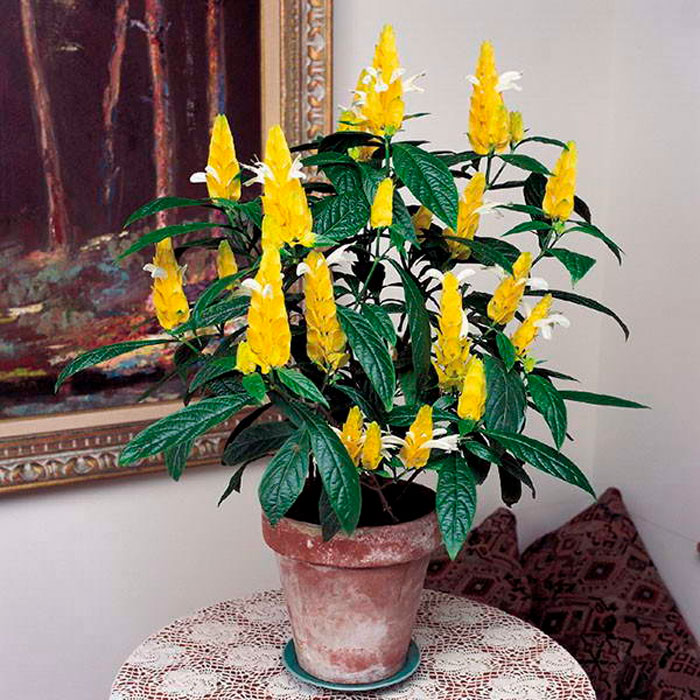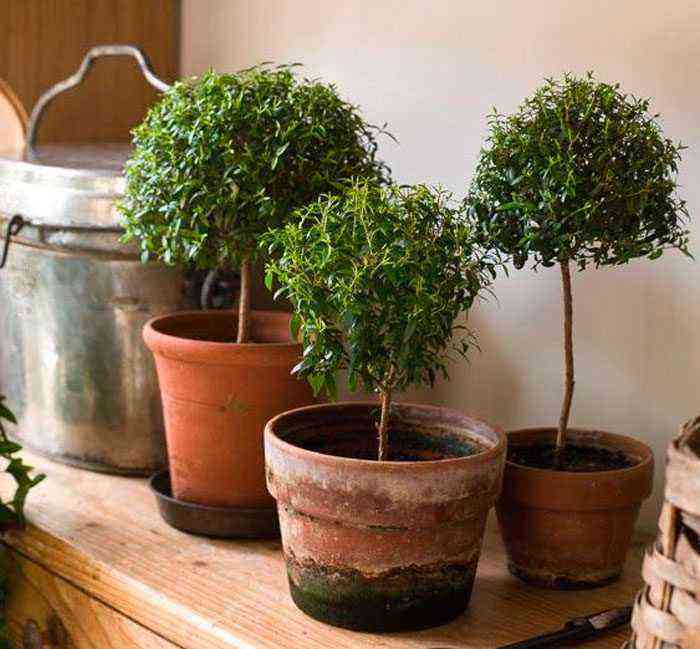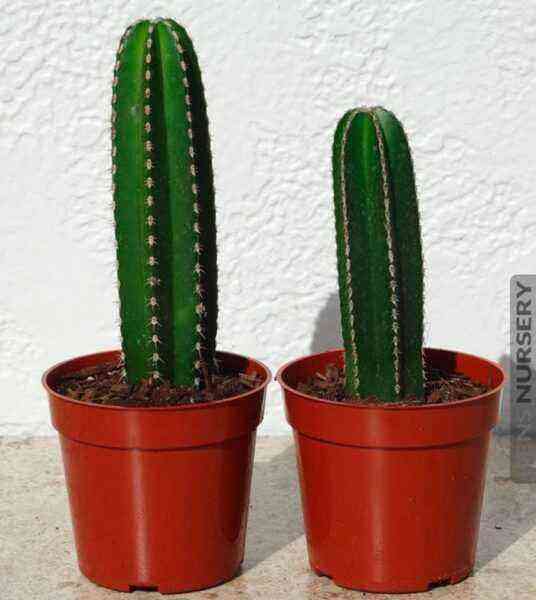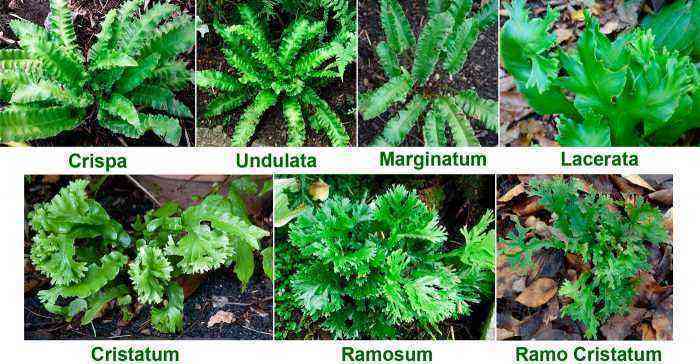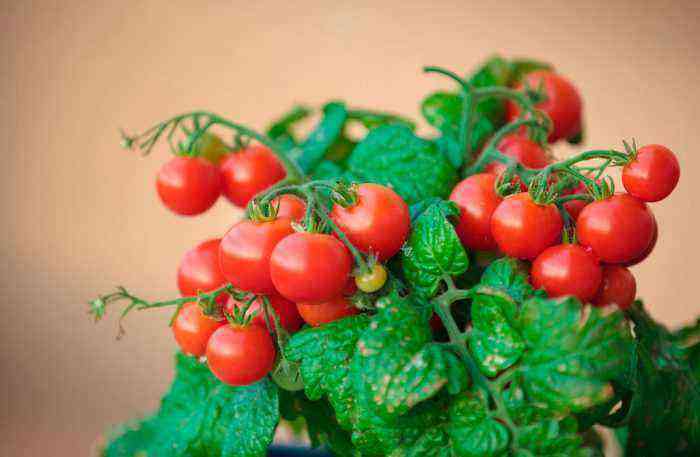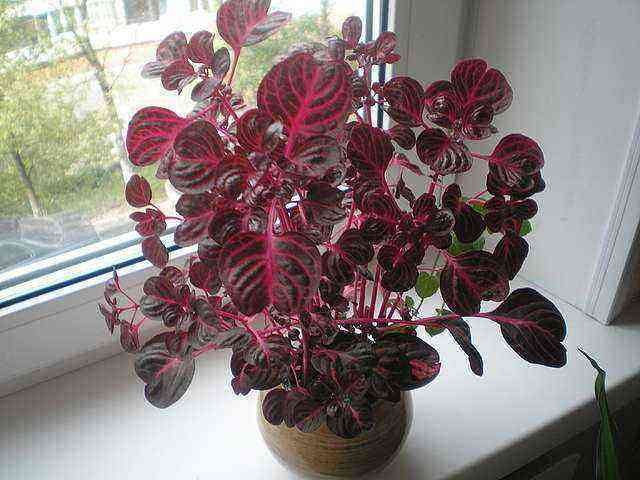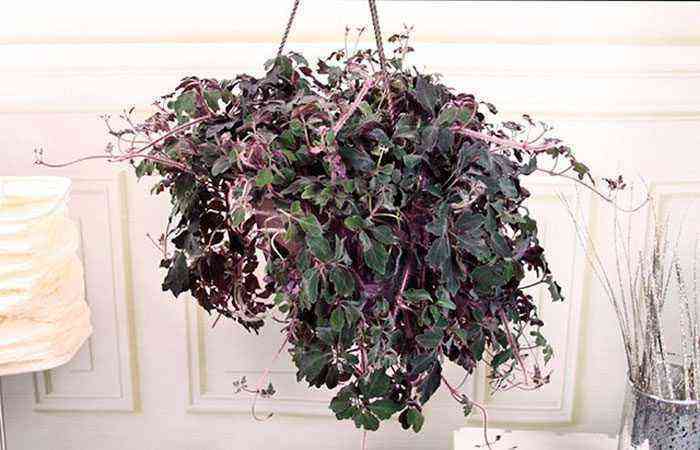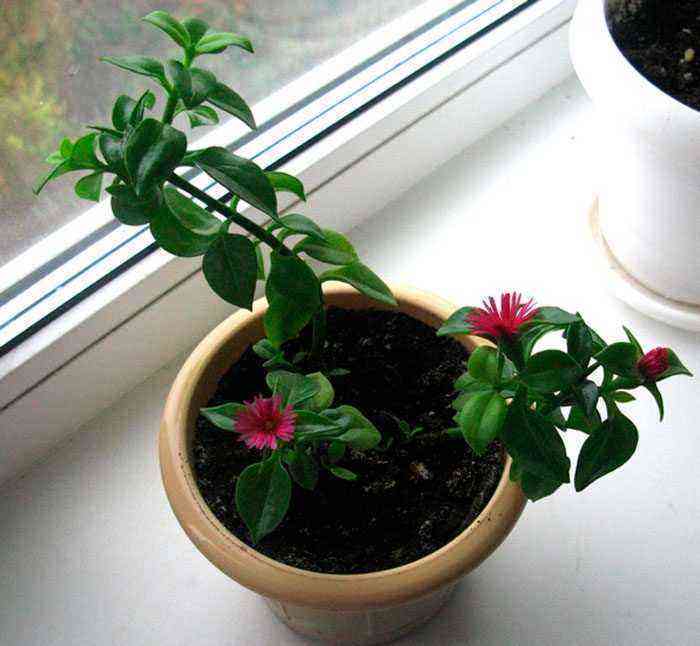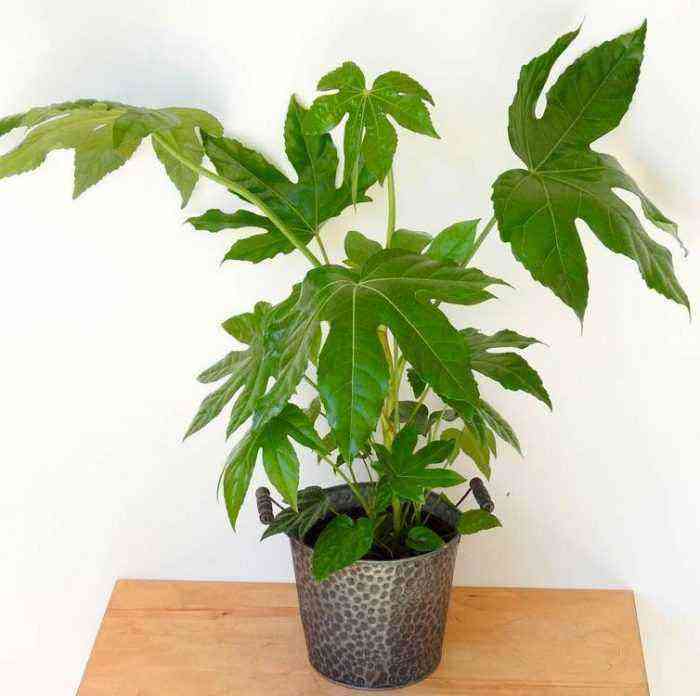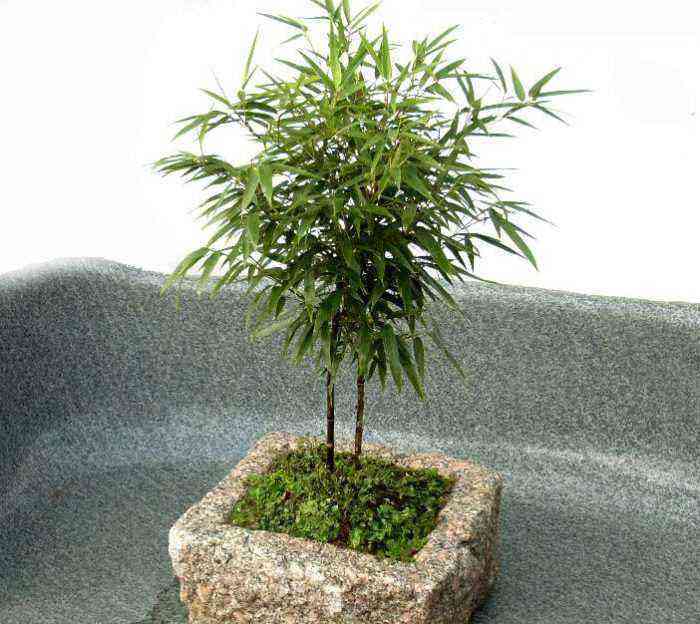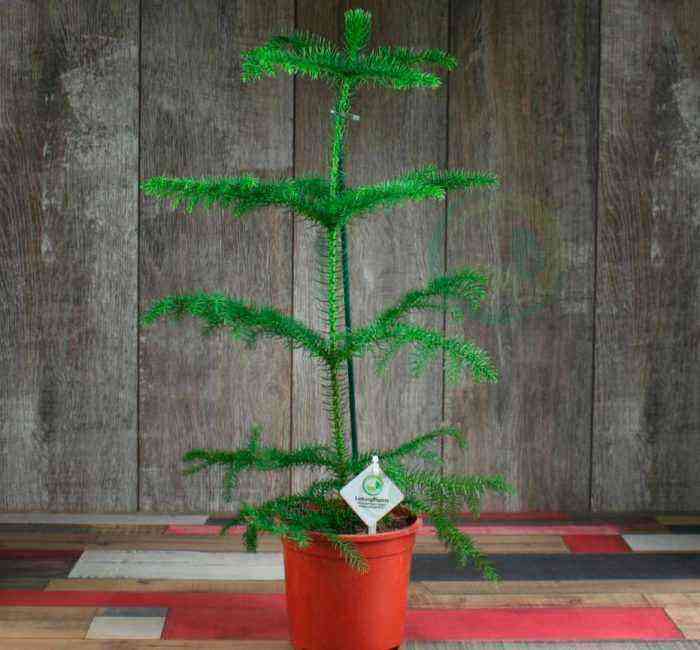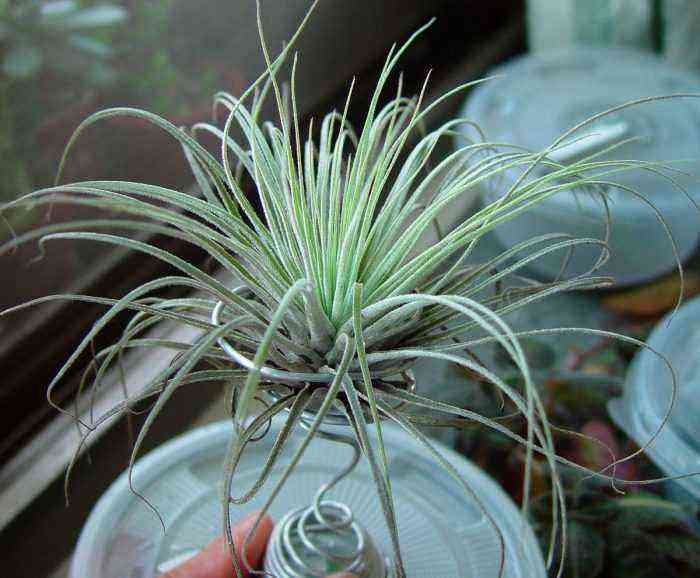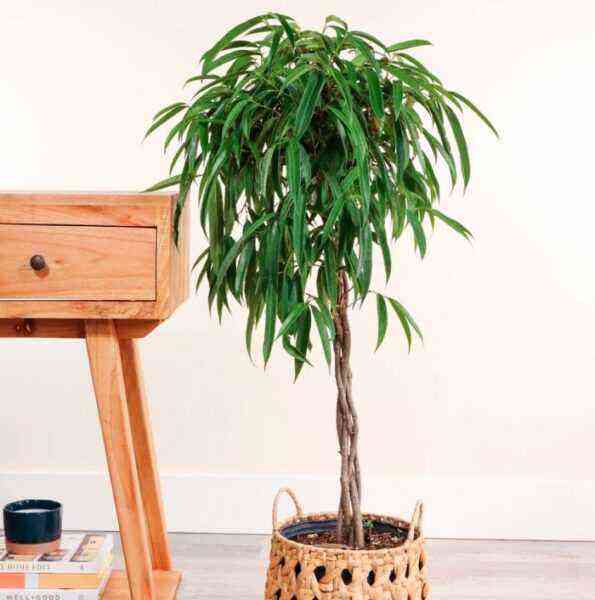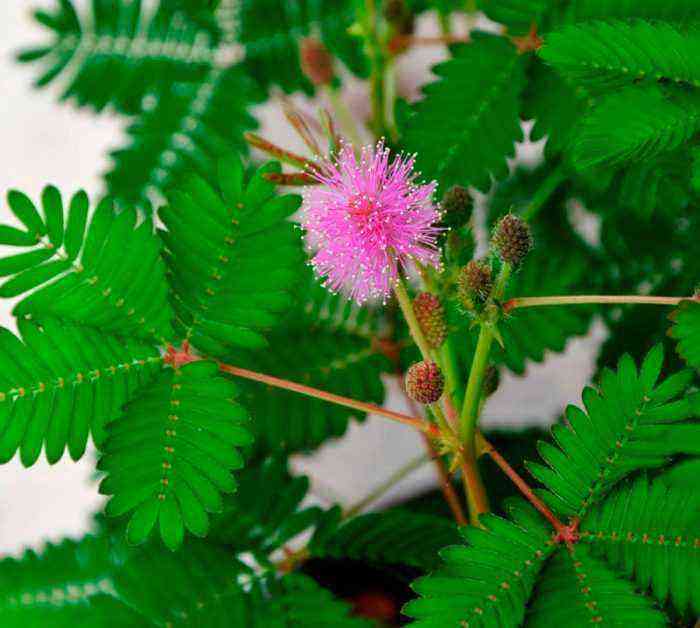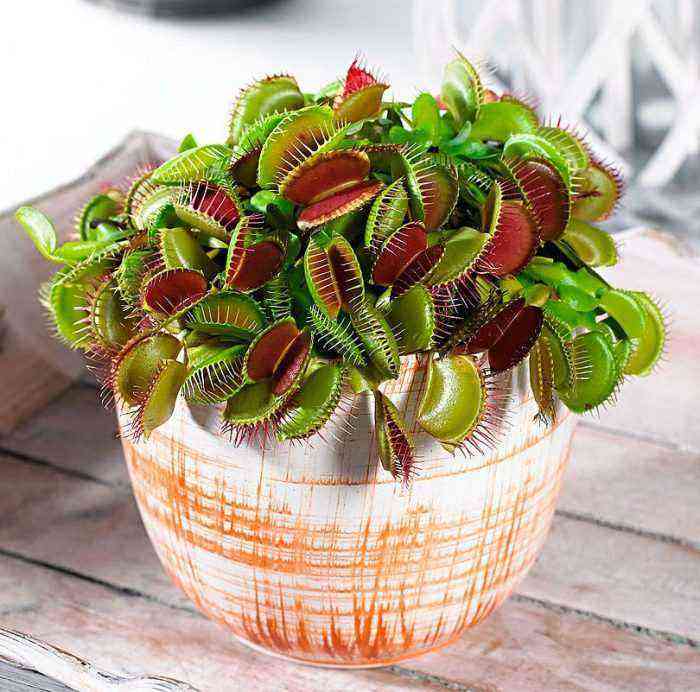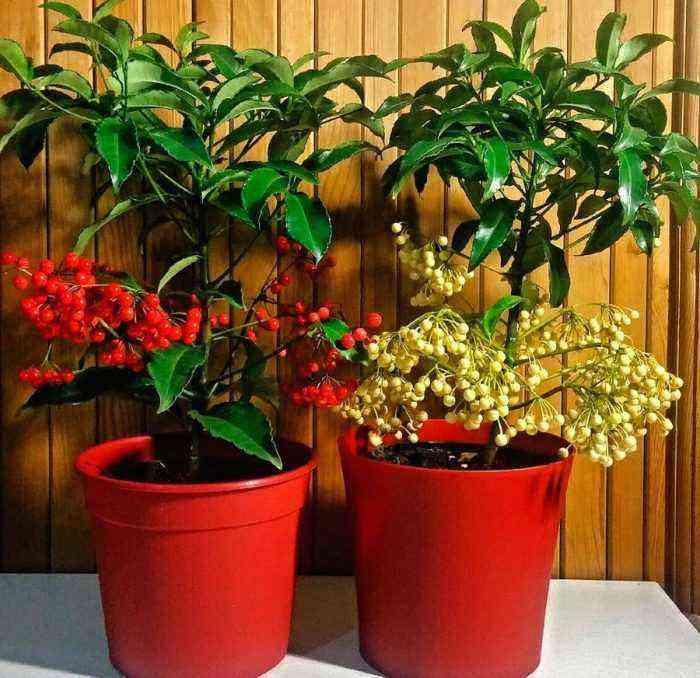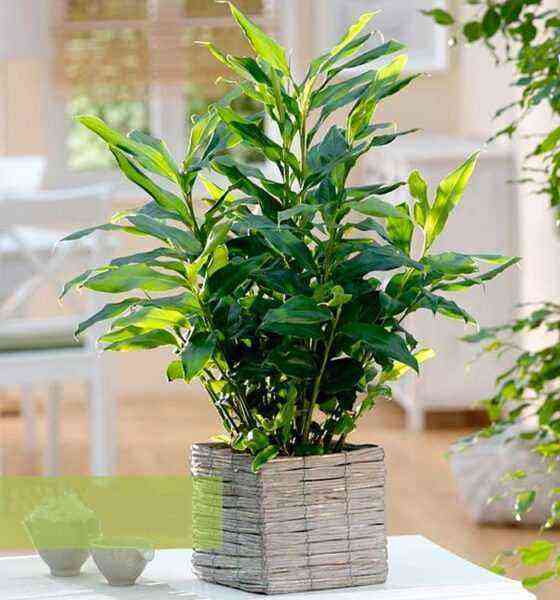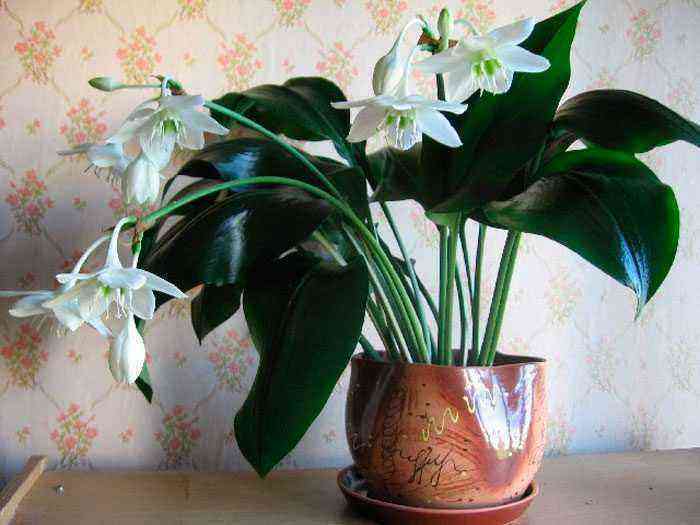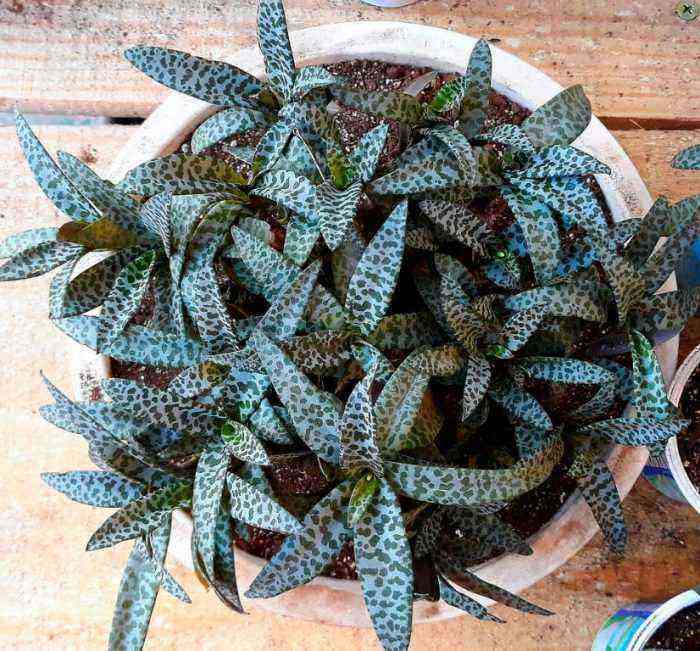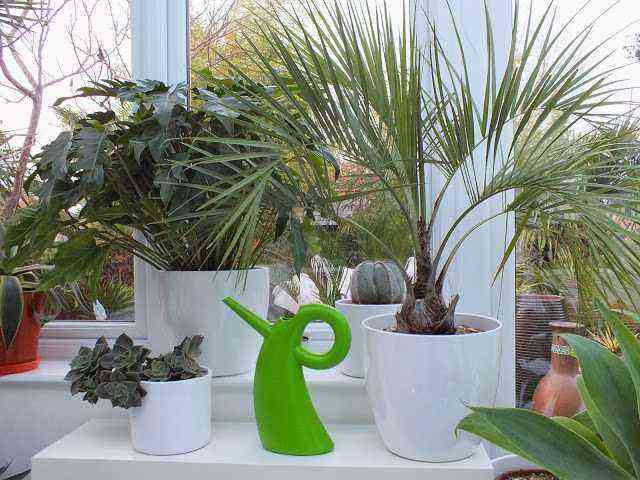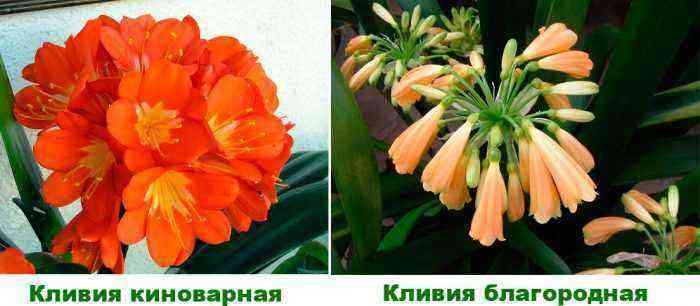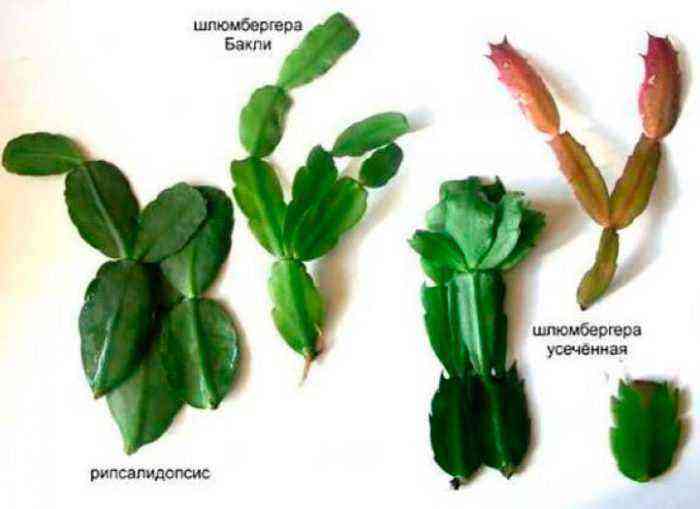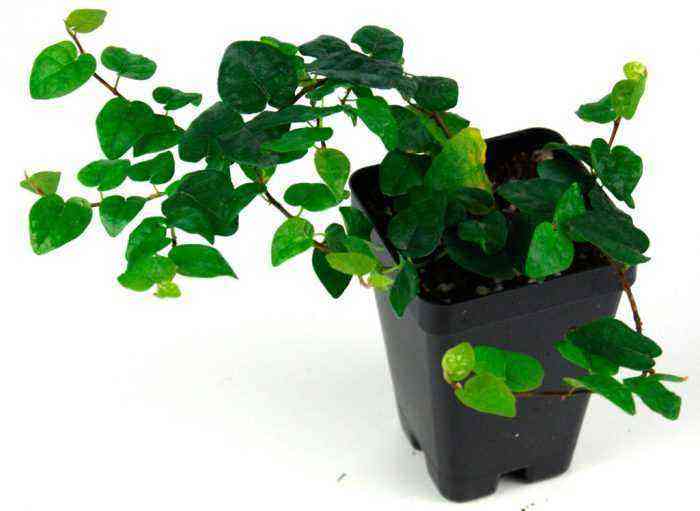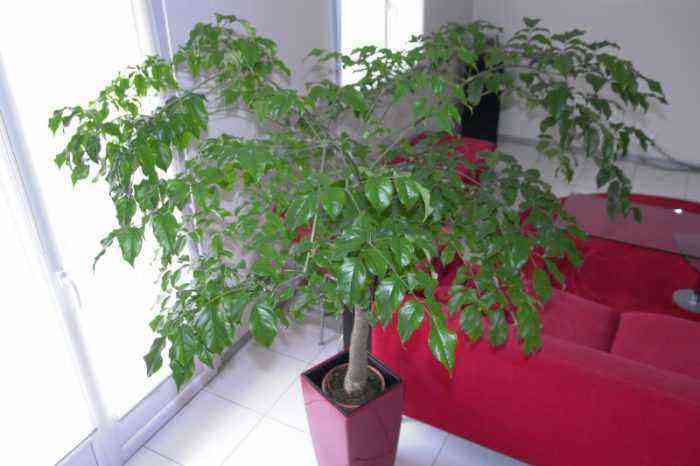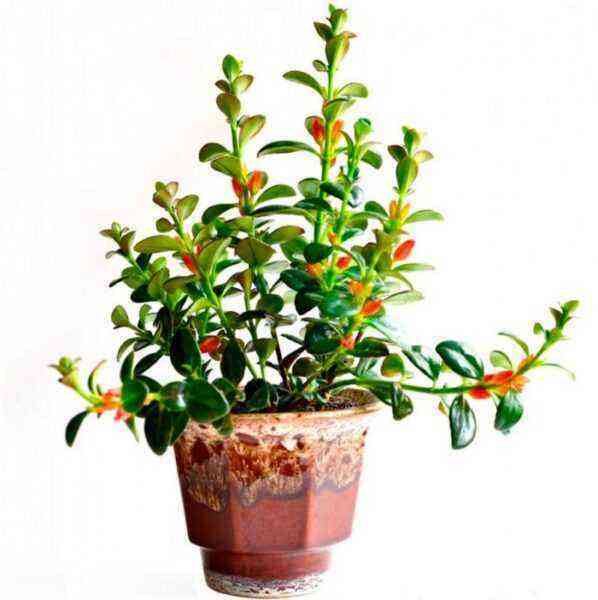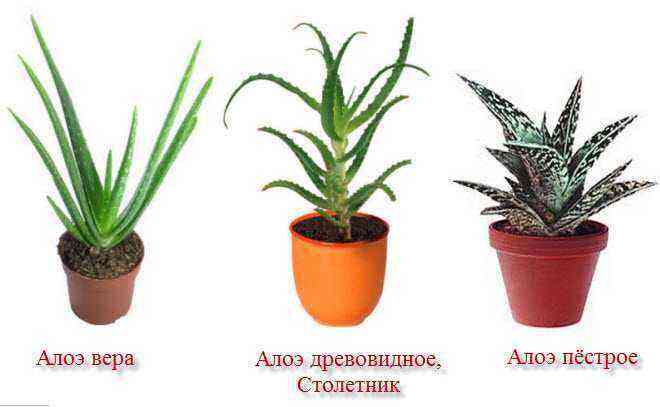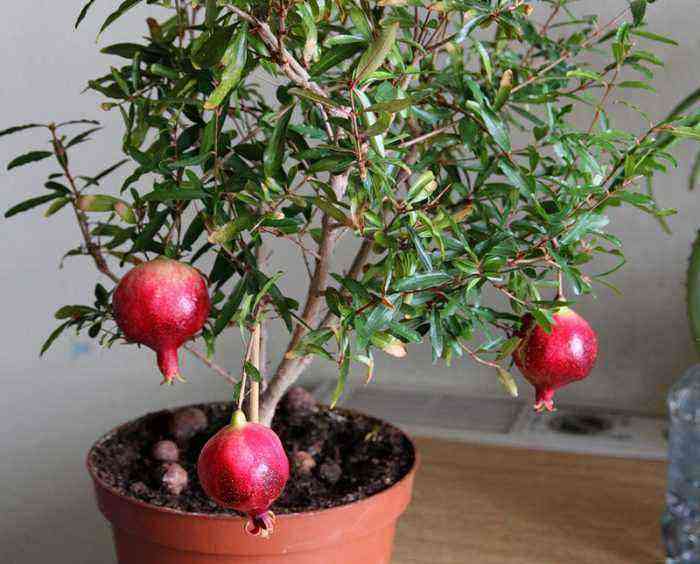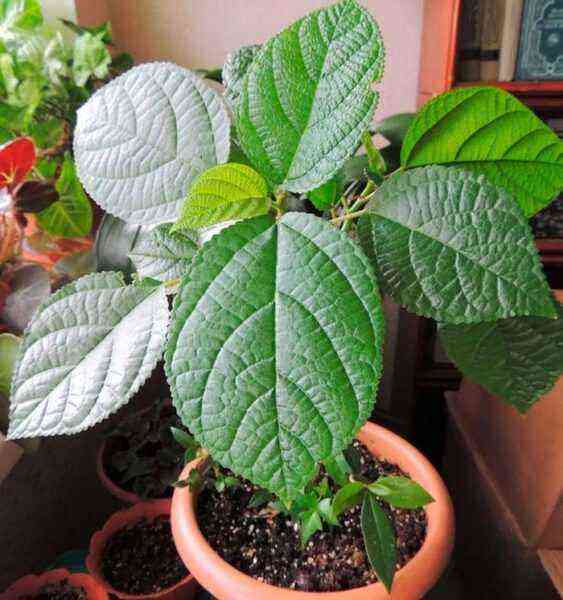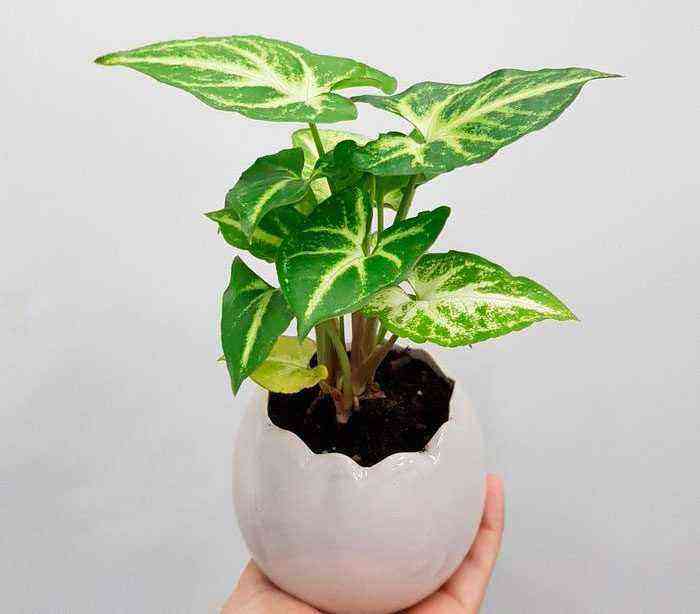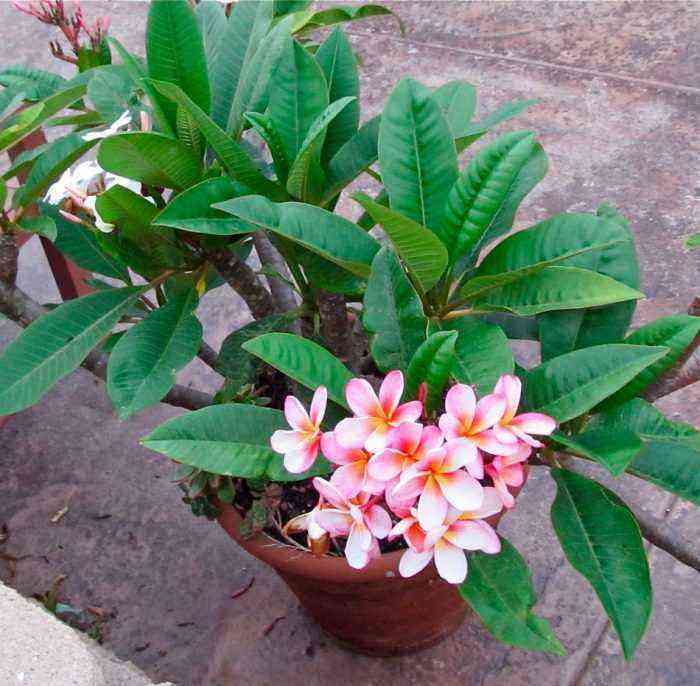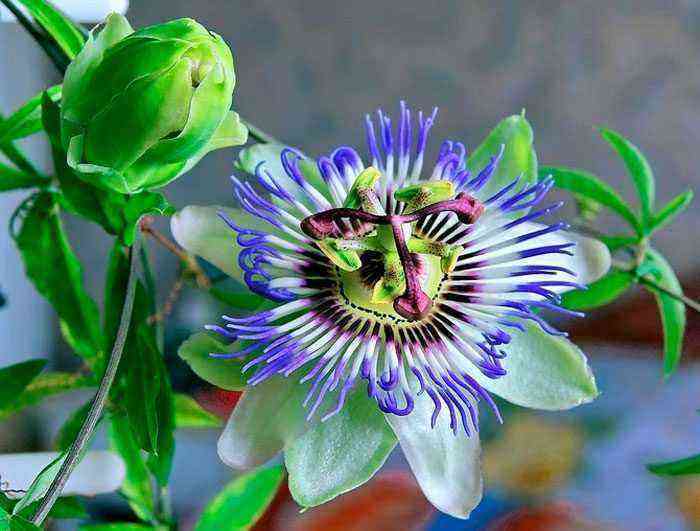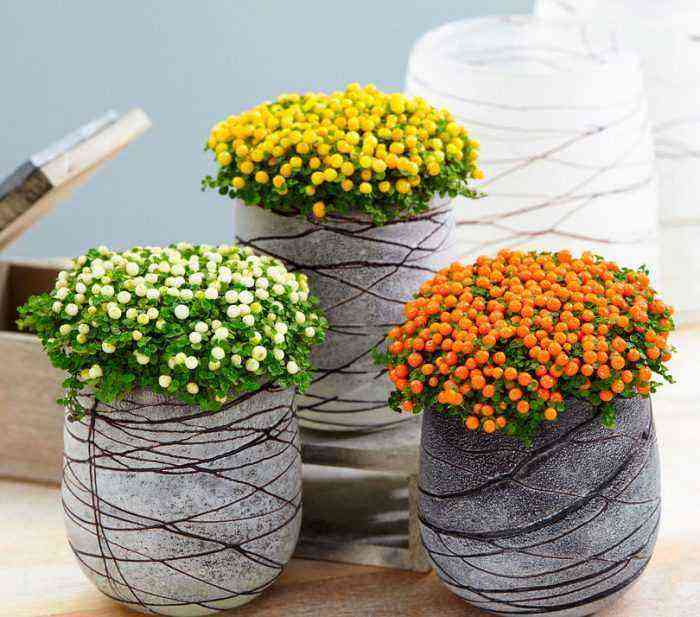The flowering evergreen plant Pachystachys belongs to the Acanthus family. This genus unites about 12 species that can be found in natural conditions in Eastern India and America, while they prefer to grow in tropical and subtropical climates.
Indoors, pachistachis yellow began to be grown already in the 19th century, however, today this plant is not very popular among flower growers. “Pachistakhis” is translated as “thick thorn” or “thick ear”. This is due to the fact that the inflorescence of this plant is a lush dense ear. In Russia, the people also call this plant a golden shrimp, or a golden candle.
Brief description of cultivation
- Flowering… It starts in February and ends in November.
- Illumination… Large amount of bright diffused light.
- Temperature conditions… During the growing season, the plant does well at room temperature. During the dormant period, the bush is transferred to the cool – from 16 to 18 degrees. Make sure that the air temperature in the room is at least 10 degrees.
- Watering… Water abundantly and systematically throughout the growing season. At rest, the bush is watered either moderately or sparsely.
- Air humidity… High. To increase the humidity, the pot with the bush is placed on a tray filled with damp pebbles.
- Fertilizer… In the period from spring to autumn, feeding is carried out 1 time in 2 weeks, using a mineral complex for flowering crops in liquid form. In winter, the plant is also fed, but once every 1 months.
- The rest period… From mid-October to late February.
- Transfer… It is held during the last winter weeks. Young bushes are transplanted once a year, and adults – once every 1 years.
- Trimming… It is carried out systematically at the very end of the growing season.
- Reproduction… Cutting and seed method.
- disease… Loss of decorativeness, lack of flowering or root rot due to inappropriate conditions of detention or violations of the rules of care.
- vermin… Mealybugs, thrips, spider mites, scale insects and whiteflies.
Features of pachistachis
Pachystachis yellow is a subshrub that is evergreen. Its height varies from 0,2 to 0,9 m. Slightly wrinkled oval-shaped leaf plates are pointed at the top and have a dark green tint, their length is about 10 centimeters. Throughout the flowering period, the bracts look fresh and attractive.
Pachistachis care at home
Illumination
Indoor pachystachis is one of the light-loving plants. In order for it to grow and develop well, it needs a large amount of bright light, which must be diffused. An excellent place for this plant will be a northeastern window sill. If you put a bush on the south window, then you will have to shade it from the direct rays of the sun, and this must be done at noon.
Temperature conditions
In nature, such a plant can withstand a drop in air temperature up to 10 degrees. However, if the bush stays in the cold for a long time, all the leaf plates will fly around it. In this regard, in room conditions during the rest period, the air temperature should not fall below 16 degrees. In the warm season, the bush feels quite comfortable at room temperature, which is typical for summer.
If desired, in the summer, pachistachis can be moved outside (to the garden, to the terrace or balcony). This will be very beneficial for the flower. However, do not forget to protect it from gusts of wind, rain and drafts.
Watering
During the growing season, the substrate in the pot should be moistened abundantly and systematically, on average, once every 1–3 days (depending on the air temperature in the room). During cool wintering, watering of the plant can range from sparse to moderate. In the event that pachistachis is warm in winter, then the irrigation regime should be the same as in summer. You can understand that a flower needs urgent watering by its foliage: it loses its turgor and hangs. But before drying the earthen coma in a pot, it is better not to bring it, it is recommended to moisten it immediately after the top layer dries.
Pachystachis is watered only with filtered, thawed or well-settled (at least 24 hours) water. In this case, the water must be necessarily warm (1 or 2 degrees warmer than room temperature).
Feeding
Indoor pachistachis must be fed. During intensive growth, feeding is carried out 1 time in 15 days and a mineral complex is used for this. A nutrient solution is prepared from it, with which a pre-moistened soil mixture is spilled.
Organics are also suitable for feeding. For example, in specialized stores you can find a solution of chicken manure or mullein, it is completely ready to use. In the event that the bush is warm in winter, then it will also need systematic feeding, but they should be carried out 1 time in 4-6 weeks.
Pachistachis transplant
While the bush is young, transplant is carried out every year in the spring months, but it must be in time before the plant blooms. An adult pachystachis does not need frequent transplants. As a rule, it is carried out once every 1 years, or even less often.
In order for the flower to develop normally, it needs a suitable soil mixture: sod and leafy soil, peat, humus, coarse river sand (taken in equal shares). When 15 days remain before the transplant, disinfect the substrate, for example, it can be ignited in the oven or spilled with a solution of saturated potassium permanganate. Don’t forget to make a good drainage layer on the bottom of the new container.
Before the transplant itself, the bush is pruned. The procedure is carried out by the transshipment method. When the bush is placed in a new pot, it remains to pour fresh substrate into it, which is lightly tamped. Make sure that there are no voids left. Water the pachistachis well. The transplanted bush is protected from direct sunlight for several days.
Trimming
Plants should be trimmed systematically. Otherwise, the lower part of the stems is exposed, which causes the decorativeness of the entire bush to suffer. At the end of the dormant period, all pachistachis stems are shortened, only segments from 10 to 15 centimeters long are left from them. The remaining segments, if desired, can be rooted like cuttings.
Flowering
The flowering of such a plant is quite long: February – October. If you want pachistakhis to delight you with flowers in winter, then additional lighting should be provided.
Spectacular and unusual spike-shaped inflorescences look like afelandra ears. However, in pachystachis, the inflorescences are more elongated. The yellow bracts look most impressive in the ears, which can retain their freshness and brightness for several weeks. The spongy flowers of an almost white color fly around rather quickly, after about three or four days.
Please note that pachystachis may not bloom with poor lighting. Strongly elongated, old and bare in the lower part of the stems form few inflorescences. And active formation of ears is observed on young stems. In this regard, if you want to achieve lush flowering, then force the bush to start up new shoots.
Flowering is observed already in young plants. There is also such that the stalk forms inflorescences only 2 months after rooting. After the inflorescence withers, new ears branch off from it, as a result, the bush blooms for a very long time. However, if you want the bush to look neat, then cut off its wilted inflorescences in a timely manner.
Methods of reproduction
Most often, pachistachis is propagated by cuttings. As cuttings, you can use the stems cut in the spring during pruning. Please note that each apical stalk must have 2 internodes and the same number of pairs of leaf plates. Place the cuttings in a vessel filled with water, cut down, and keep them at an air temperature of about 22 degrees. Then rooting will take place as quickly as possible. In the process of rooting, flying around of the leaf plates can occur. To avoid this, each leaf is shortened by ½ part. However, despite all the efforts, foliage can still fly around. But do not be discouraged, since after planting the rooted cuttings in the soil mixture, new leaf plates will form on its upper part.
To root the segments, you can also use a light soil mixture, which includes: leaf and sod soil, perlite, peat and humus (taken in equal parts). Cut off the top of the plastic bottle and fill it with earth mixture. Carry out the processing of the cut at the cutting with Kornevin, after which it is planted in the substrate. Cover the top of the handle with a transparent cap, for example, a film. Provide the section with regular ventilation and watering. Instead of the film, you can put the top of the cut bottle on it. Then, to ventilate the plant, it will be enough just to unscrew the cork. Rooting cuttings are placed in a well-lit place (the light should be diffused).
As a rule, pachystachis cuttings root very well. The regrowth of roots is observed even in those cuttings that have lost their foliage. After rooting is completed, the cuttings are planted in a permanent pot. To do this, take a low and wide pot, in which 3 or 4 plants are planted, so the pachistachis will look more impressive. Remember to regularly pinch the upper parts of the shoots, as a result of this the bush will branch more strongly.
Pests and diseases of pachistachis
Pachystachis diseases and their treatment
If a heavy soil mixture is chosen for growing homemade pachistachis, then with its frequent and abundant moisture, stagnation of water in the root system is observed. As a result, root rot develops. Remove the shrub from the pot and examine its roots. If they have not completely rotted, then cut out the damaged areas, and soak the root system itself in a solution of a fungicidal preparation. Plant the flower in a new soil mixture suitable for it.
But remember that it will not be easy to save the pachistachis, as it can die even after the transplant. At first, it is recommended to water the bush less often and abundantly, and instead of water, you can use a fungicide solution. In order to prevent the appearance of root rot, it is necessary to ensure that no liquid stagnation occurs in the soil mixture, and also that it is light and loose. Remember to pour the water out of the tray some time after the substrate has been moistened. If you have wet pebbles in the pan, then make sure that the bottom of the container does not come into contact with water.
With inappropriate care or due to poor conditions of detention, problems with pachistachis can also arise, for example:
- Flying around foliage… The bush has been exposed to a draft or the earthen coma has dried out.
- Twisted sheets and dried tips… The air in the room is very dry.
- The shoots are stretched, the foliage is shallow, the bush does not bloom… This is all due to excessively poor lighting.
- Deceleration of bush development, growth retardation… The plant needs an urgent transplant.
- The lower part of the stems is completely exposed… The bush needs a rejuvenating short pruning.
vermin
Most often, scabies, mealybugs and spider mites settle on the plant. All of these pests are sucking. If yellow small dots appear on the leaves or cotton-like lumps of a whitish hue appear in the leaf sinuses, then this indicates the presence of pests. Remove scale insects and scale insects from the bush with a cotton swab moistened with alcohol.
Ticks are very small and you can find out about their presence only by the thinnest cobweb or by small dots (bite spots) on the foliage. Wash the bush with a solution of soap, while wrap the soil mixture with a film so that no water gets into it. When the pachistachis is completely dry, it is sprayed with Fitoverm or Aktellik. It is recommended to carry out processing in a well-ventilated place.
Thrips and whiteflies very rarely settle on the plant. They are also sucking pests. You can get rid of them in the same ways as for scale insects, worms or ticks.
Pachistachis species
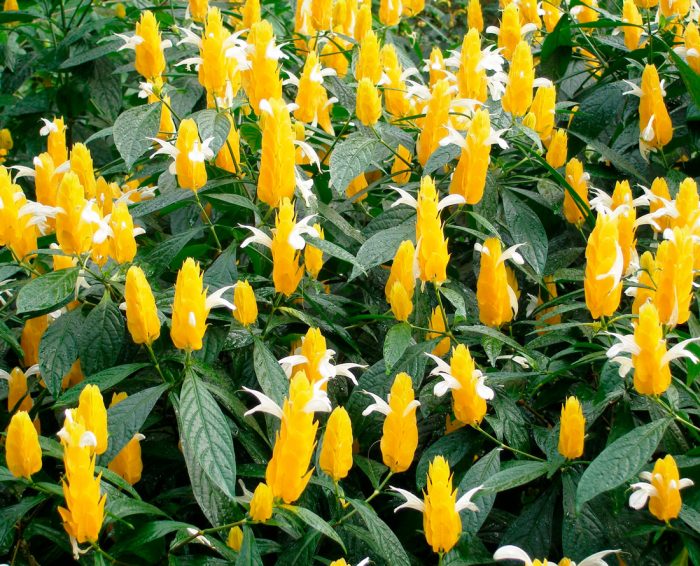
The most popular among florists is yellow pachystachis (Pachystachys lutea), a description of which you can find at the beginning of the article. However, this is not the only species grown indoors.
Pachystachis red (Pachystachys coccinea)
As a rule, this species is grown in greenhouses, because its height can be up to two meters. Short-peaked deep green leaf plates reach about 0,4 m in length. On their surface there are burgundy stains. During flowering, the bush is decorated with green bracts, as well as tubular elongated red flowers that look similar to feathers, which in the recent past were used to decorate hats. It is because of the unusual inflorescences that the species is also called the “cardinal’s guardsman”.
Pachystachis spikelet (Pachystachys spicata)
This species can be found in botanical gardens, and it is rarely grown indoors. Its dark green leaf plates are about 25 centimeters long. During flowering, deep red flowers open on the cone-shaped bracts. Some experts believe that this is a type of red pachystachis.
Signs and superstitions
It is believed that pachistachis has magical powers. It contributes to the fact that the home is filled with vital energy, and also has a beneficial effect on the nervous system of the owners: it fills passive people with energy, and overly active people soothes. Yellow bracts help to strengthen marital relations: they help to find compromise solutions and quarrel less.
There are also several signs associated with this plant. If you take proper care of the bush, but the inflorescences suddenly began to fly around and the foliage to dry out, this means that soon the relatives may have a big trouble. If the bracts are painted in a very bright shade, then this means that something very pleasant will happen soon. If you were presented with pachistakhis, then the donor wishes you happiness in your personal life, and it is believed that this will certainly come true.
